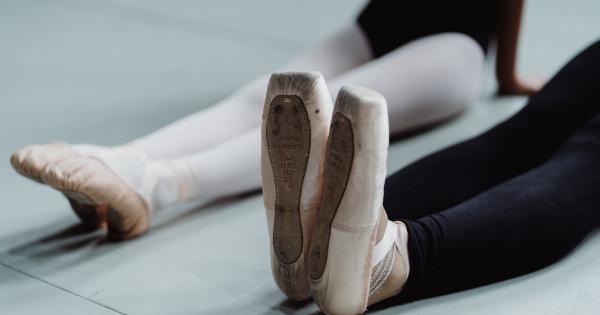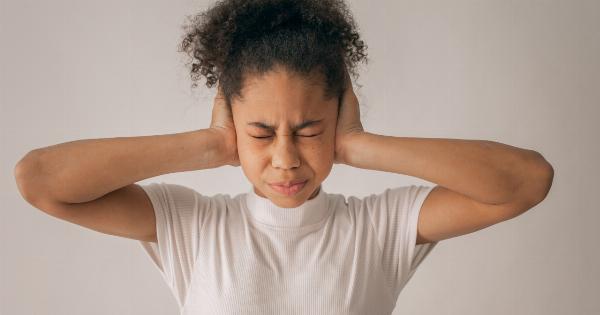In popular culture and media, there has been a long-standing fascination with body size and genital size, particularly among men. Many individuals wonder if there is a pattern or correlation between the two.
This article aims to explore whether body size and genital size are indeed interconnected or if they are independent of each other.
The Relationship between Body Size and Genital Size
Several studies have attempted to investigate whether body size and genital size exhibit a consistent pattern.
While some research suggests a correlation between the two, it is essential to approach this topic with caution due to various factors that can influence these measurements.
Body Size: Height, Weight, and Body Mass Index (BMI)
Height, weight, and BMI are commonly used measurements to evaluate body size. In general, taller individuals tend to have slightly larger genitalia compared to their shorter counterparts.
However, it is crucial to note that this correlation is not absolute and may vary from person to person.
Genital Size: Misconceptions and Measurement
Before discussing the potential correlation, it is necessary to address common misconceptions around genital size. Firstly, it is essential to understand that the size of the flaccid penis may not accurately represent its size when erect.
Additionally, there is significant individual variation in genital size, making it challenging to establish strict averages or standards.
Research Findings on Body Size and Genital Size
Several studies have attempted to investigate the potential relationship between body size and genital size. One study conducted with a sample of men found a positive correlation between height and penis size.
However, the study did not find a similar relationship with weight or BMI.
Similarly, another study examining the relationship between penis size and weight found no significant correlation. These findings suggest that while height may play a role in genital size, weight and BMI may not have a significant impact.
Factors Influencing Perception
It is important to acknowledge that perceptions of body size and genital size can be influenced by various factors, including cultural and societal expectations, media portrayals, and personal beliefs.
Additionally, psychological factors such as body image issues and self-esteem can affect an individual’s perception of their genital size. These subjective perceptions may not necessarily align with objective measurements.
Overcoming Insecurities and Promoting Acceptance
Concerns over genital size can have a significant impact on individuals’ self-confidence and overall well-being.
It is crucial to foster a culture of acceptance and understanding, encouraging individuals to embrace their bodies without undue focus on size comparisons.
Open communication, education, and debunking myths surrounding genital size are essential steps towards dismantling insecurities and promoting body positivity.
Recognizing that individual variations are natural and embracing diversity can help alleviate unnecessary anxieties surrounding body size and genital size.
Conclusion
While height may exhibit a positive correlation with genital size, other factors such as weight and BMI do not appear to have a significant impact.
It is vital to approach discussions on body size and genital size with sensitivity and understanding, avoiding perpetuation of harmful stereotypes or insecurities.
Ultimately, individual differences in genital size are natural and should not dictate one’s self-worth or confidence. Embracing diversity and promoting acceptance can contribute to a more positive and inclusive society.






























